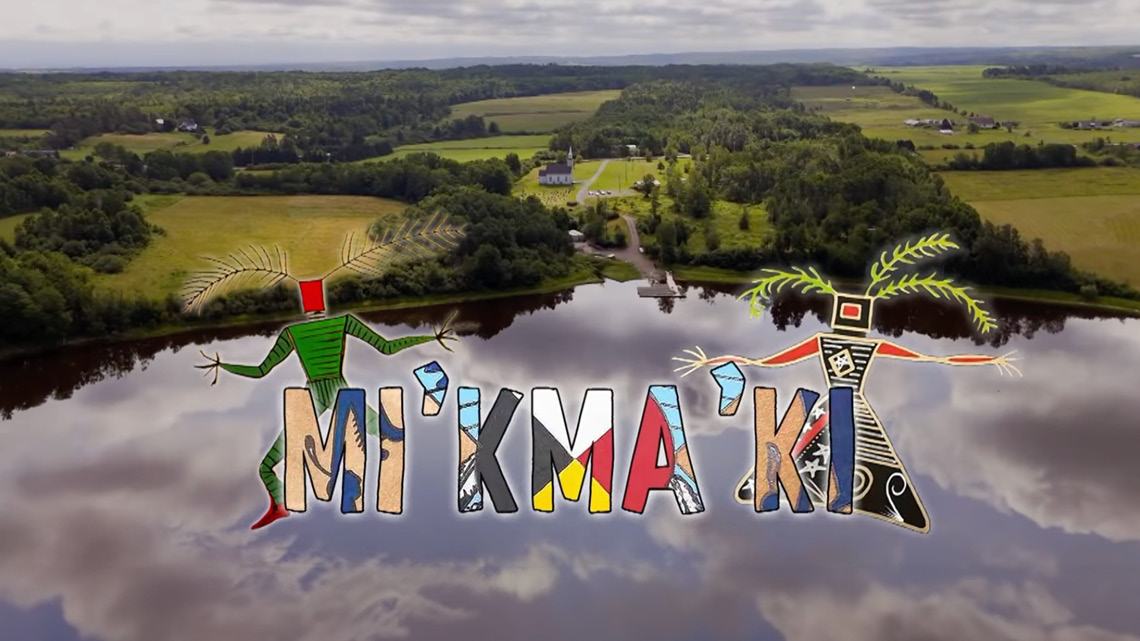Documentary Series • 2 Seasons
Mi’kma’ki
Hosted by Jarvis Googoo, Mi’kma’ki explores Mi’kmaw culture, history, and language in Nova Scotia.

Mi’kma’ki is the traditional and ancestral home of the Mi’kmaq people and covers all of Nova Scotia, as well as some parts of Eastern Quebec, Ontario, and New Brunswick. The stories, the history, and the culture of the Mi’kmaq people is rich and diverse. Mi’kma’ki explores traditional cultural activities like handicrafts and hunting, and will explore the language of the Mi’kmaq people, talking to people working to keep it alive. The show tells the stories of the people who first came to this land and their ancestors. From the stories of long forgotten battles in Nova Scotia, to work the Mi’kmaq communities are doing to protect lands for everyone to enjoy, to the annual summer games, this series goes deep, lead by the community itself telling their stories, and their history.
Produced with the support of:



Production Company
Whalesong Studios
Producer
Andrew Younger
Director
Kevin Gerrior
Host
Jarvis Googoo
Episodes

S1E1
L’nui-npisun (Traditional Medicine)
Saving the traditional knowledge of natural medicines, Tuma Young teaches the benefits of Mi’kmaw natural species that can literally be found and grown in your very own backyard.Saving the traditional knowledge of natural medicines, Tuma Young teaches the benefits of Mi’kmaw natural species that can literally be found and grown in your very own backyard.

S1E10
Tajikeimɨk (To Be Heathy)
The Chiefs and Health Directors from the 13 First Nations in Nova Scotia have long been working in their communities - and with Mi’kmaw organizations - to address gaps in health services and to improve wellness. This work has created a strong foundation to build health transformation.

S1E11
Mi’kmaq Native Friendship Centre
Executive Director Pam Glode-Desrochers discusses the programs and services the centre provides to Mi’kmaw people and other Indigenous peoples living in Kjipuktuk/Halifax. The centre serves as a focal point for employment, training, family support, culture, education, housing, justice and more.









